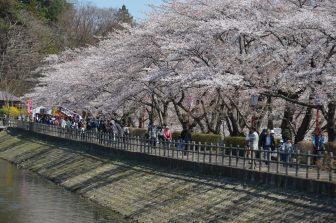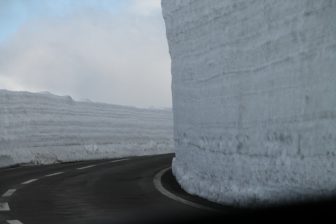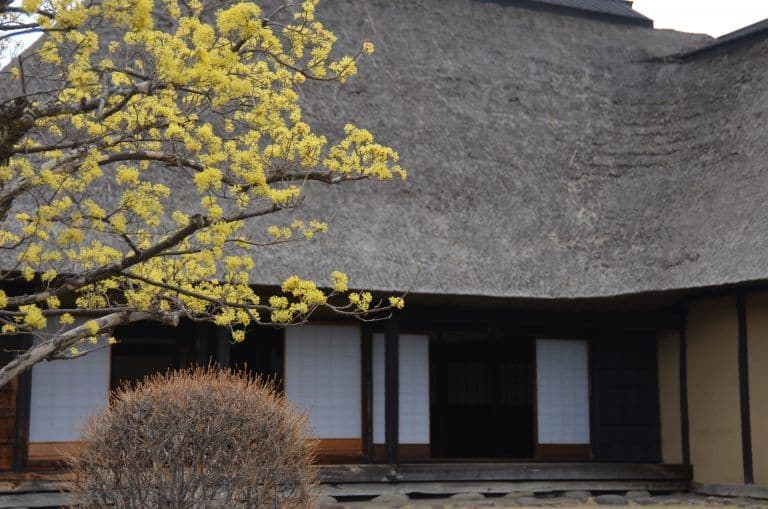
[ Apr.2017 ] The day after coming back from Ishigaki Island in Okinawa, Japan where it was already as hot as mid summer, we went to the north of the country with my family.
We took Shinkansen, Bullet Train, to Morioka and hired a car there.
As soon as we got off the train, the bitter cold wind blew against us.
It was cold, though I was wearing a jumper, a thin down jacket and a leather jacket on top.
We could see the magnificent snow capped Mt. Iwate from there.
The first place we visited was ‘Morioka Handi-Works Square’ within Morioka City.
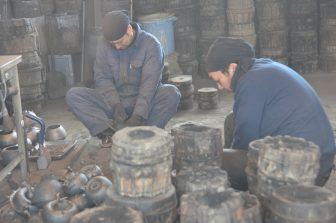
Of course they were selling their works on the spot, too.
We popped in to Sweet Workshop, Indigo Dyeing Workshop and so on and bought some things here and there.
My mother said “That looks like a painting, titled ‘Workers in the past'”, looking at the people working on the Nambu Ironware.
There was a traditional residential house called Nambu Magariya, which was originally built in the late Edo era (1603 – 1868) and relocated here.
So it was an interesting place to visit, but it was so quiet.
It was at a weekend, but not many visitors were there, which made me feel even colder.
Well, after a while a group of Korean people arrived, though.
At the centre of this Square, there was a large building called Morioka Local Industry Promotion Center and housed a souvenir shop and a cafe and so on.
According to our guide book, there should have been a workshop where people can try weaving, but it was not there in the Square, so we asked about it.
It was there on the upper floor of the Promotion Centre.
We went up there and found one woman spinning the wool.
I asked my family to wait and tried the weaving myself.
The cotton warp was already set on the loom and I only had to thread the hand spun weft through them.
I did not need the strength to do that, not like the time I tried Sakiori Weaving on Sado Island and in about 30 minutes, I made a small vase mat.
The warp was blueish colour and the weft was purple, which made a lovely mixture of the colours and I was very satisfied.
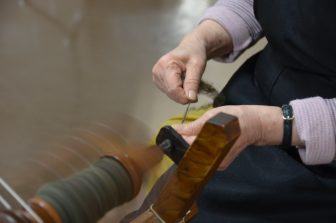
According to her, the spinning was originally taught by an English missionary long time ago.
At the moment she was spinning the wool in dark green colour for a men’s jacket.
“It is going to be a jacket sold for hundreds of thousands of yen” she said.
The workshop is called Ori-za, run by a company called Michinoku Akane-Kai.
They have a program for people to make not only vase mats, but also scarves.


